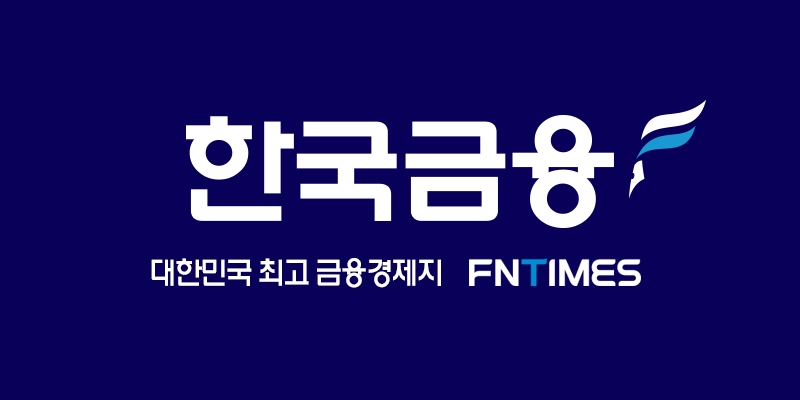/ Photo = Financial Commission
-[한국금융신문 유정화 기자] A new medical loss insurance (4th generation loss insurance) will be launched in July, in which insurance premiums are differentially applied to the amount of unpaid medical services used in hospitals. The difference in insurance premiums is a premium for excessive medical users who intensively claim non-indemnity items such as manual treatment, and a discount for general users who do not claim non-insurance.
On the 18th, the Financial Services Commission announced that it would announce a change in the regulations of the’Partial Amendment to the Insurance Industry Supervision Regulations’ by March 2 to reflect the contents of the 4th generation indemnity insurance in the supervisory regulations. After regulatory review by the Regulatory Reform Committee and a resolution by the Financial Services Commission, insurance companies will be able to launch 4th generation loss products on July 1.
The fourth-generation real-life insurance is characterized by the introduction of a differential system that increases insurance premiums according to the amount of non-payment used by separating non-payments, the main cause of premium increase, into special agreements. Currently, real-loss medical insurance covers both benefits and non-payments in one insurance product (main contract). Insurance companies lacked incentives to manage statistics such as loss ratios for each of the benefits and non-payments, and it was difficult for subscribers to clearly recognize the factors that increase their premiums.
In the fourth-generation real loss,’payment’ is divided into’main contract’ and’non-payment’ is divided into’special contract’ to improve this problem. In addition, a differential insurance premium system is introduced in connection with the amount of medical use for separate non-insurance. However, the application of the differential system is excluded for’inevitable medical users’ who need continuous and sufficient treatment.
The premium for the non-payment treatment rider is divided into five levels and a discount or premium is applied. Level 1 with no unpaid insurance premiums receives a 5% discount on insurance premiums, and grade 5 with more than 3 million won gets a 300% premium. The Financial Services Commission predicted that 1.8% of all subscribers applied to the premium grade would benefit from premium discounts. However, for stable operation, discounts and premiums will be applied three years after product launch.
The update cycle is also shortened. Unlike the existing real-life insurance (15 years), the new real-loss insurance has to go through a procedure to re-enroll once every five years. In order to respond in a timely manner to changes in the medical environment, the re-registration cycle for real loss insurance is shortened from 15 years to 5 years.
The amount of copayments and outpatient deductions will be higher than before. The current co-payment is 10-20% for pay and 20% for non-payment, but it is raised to 20% and 30% for 4th generation loss, respectively. The outpatient deduction also goes up from 10,000 to 20,000 won for outpatients and 8,000 won for prescriptions to 10,000 won for salary (20,000 won for advanced hospitals and general hospitals) and 30,000 won for non-payment.
Reporter Yoo Jeong-hwa [email protected]
– .


